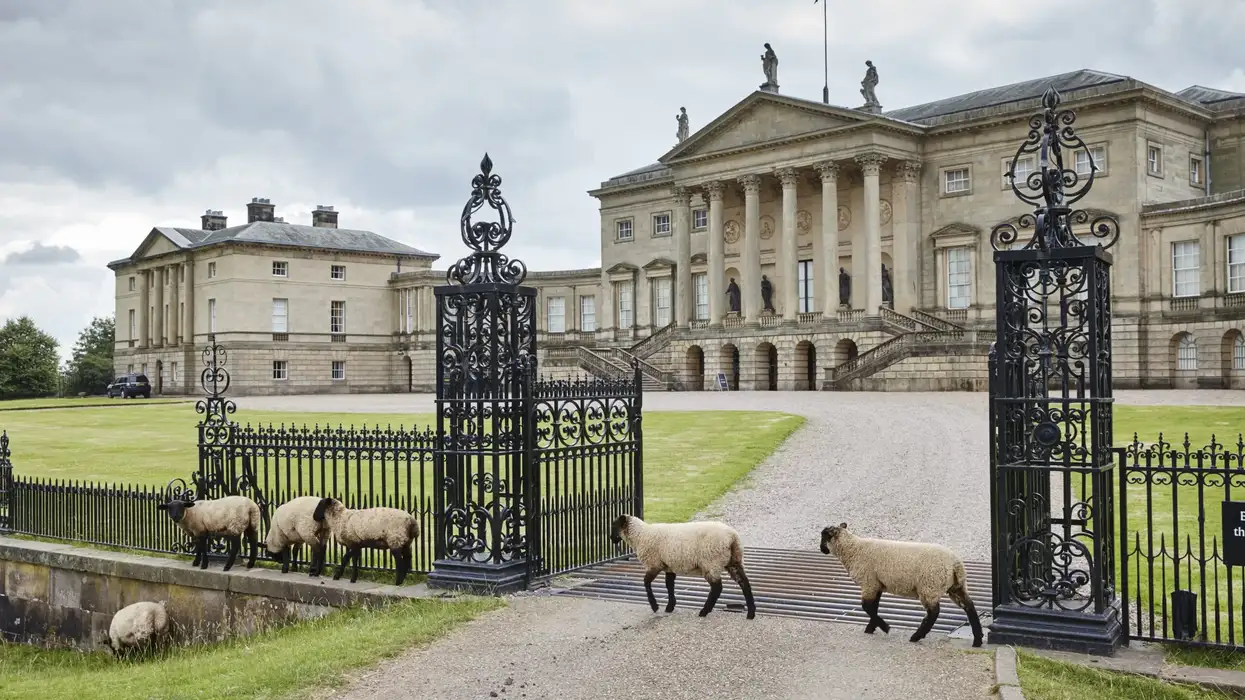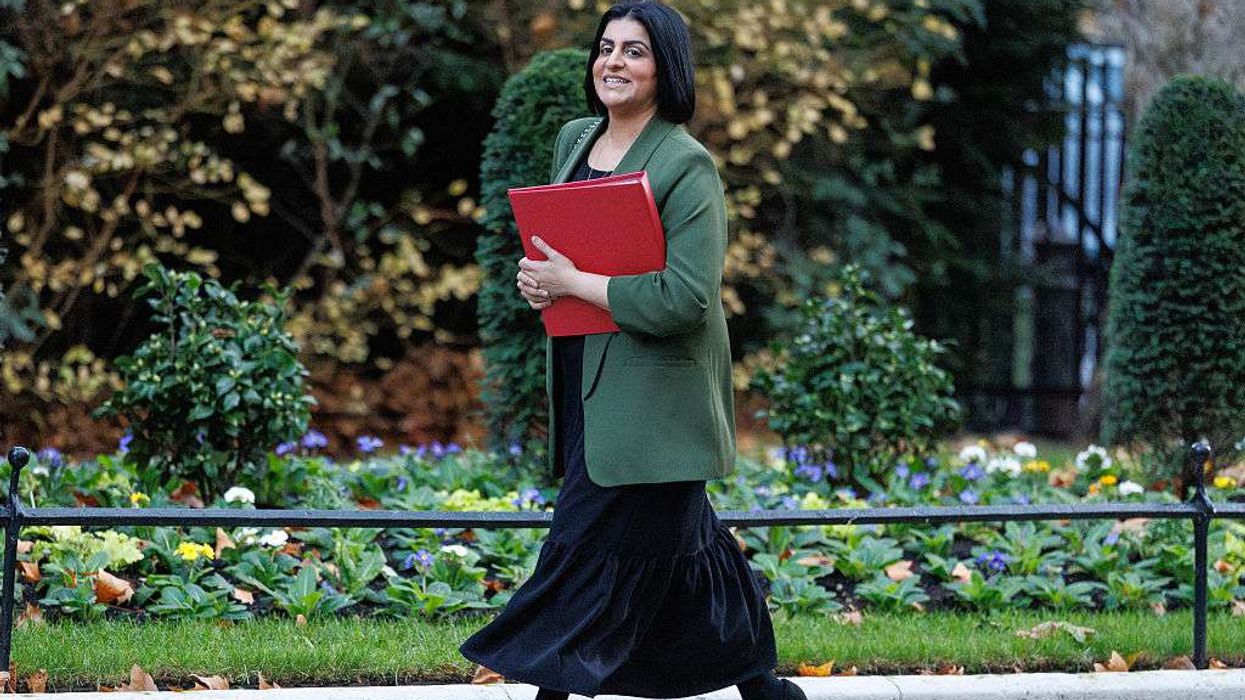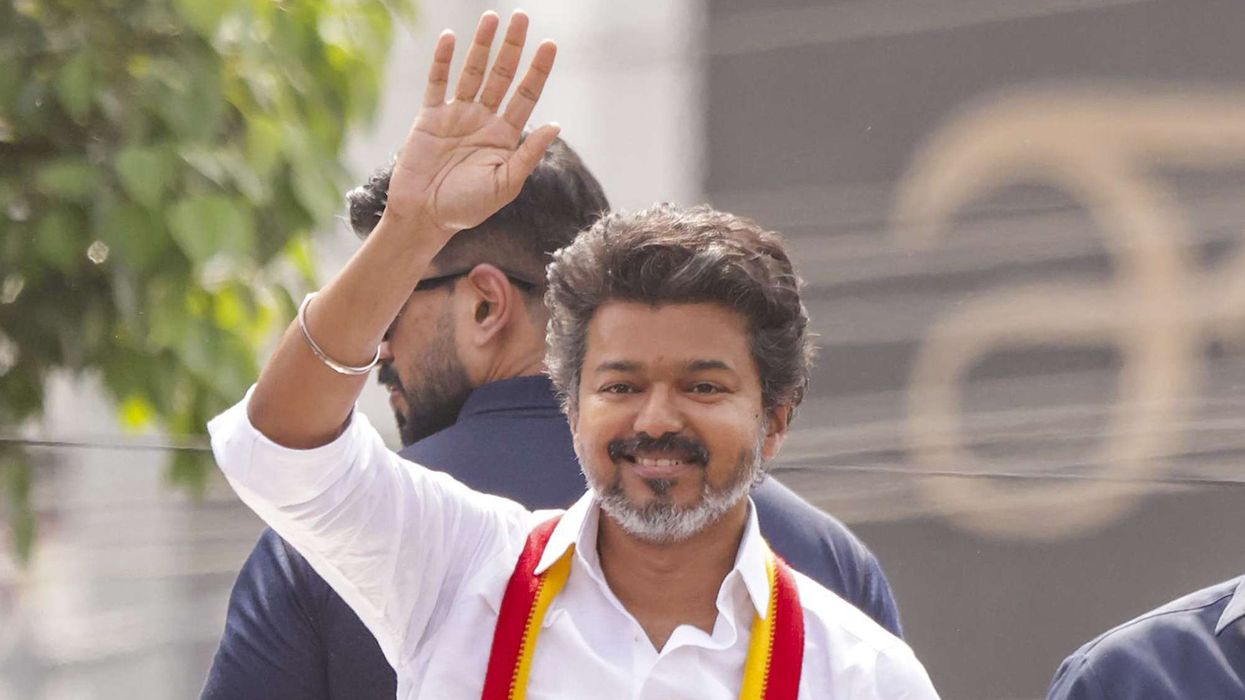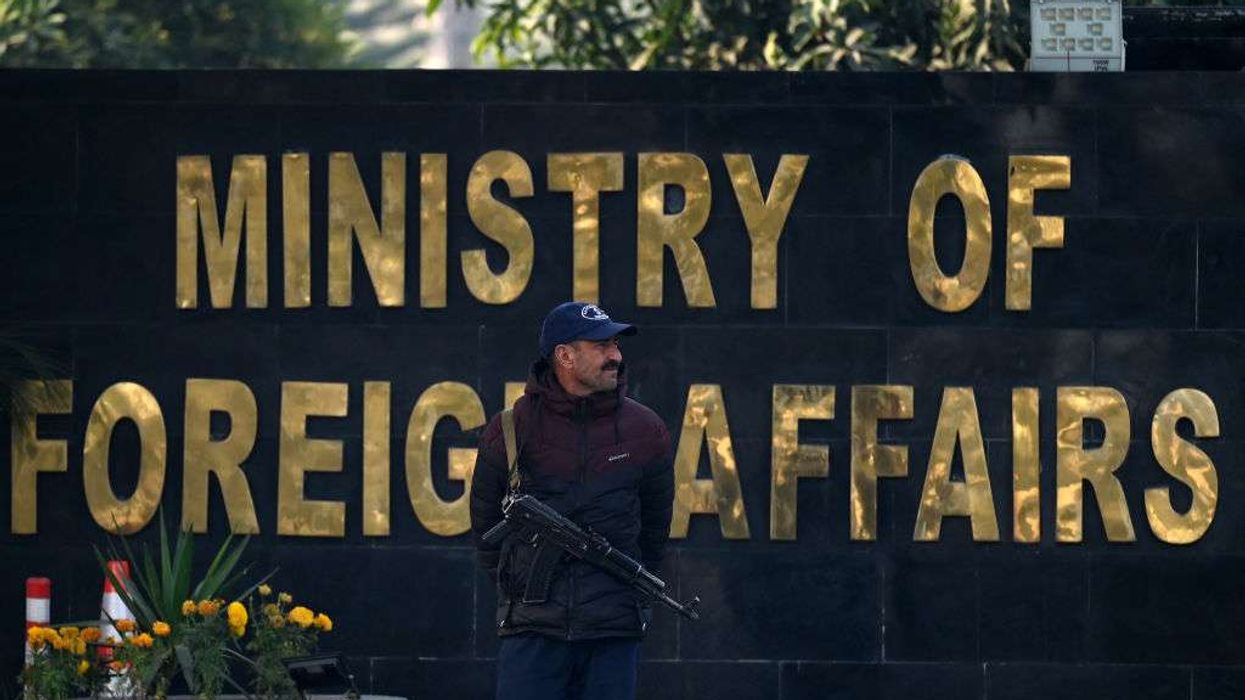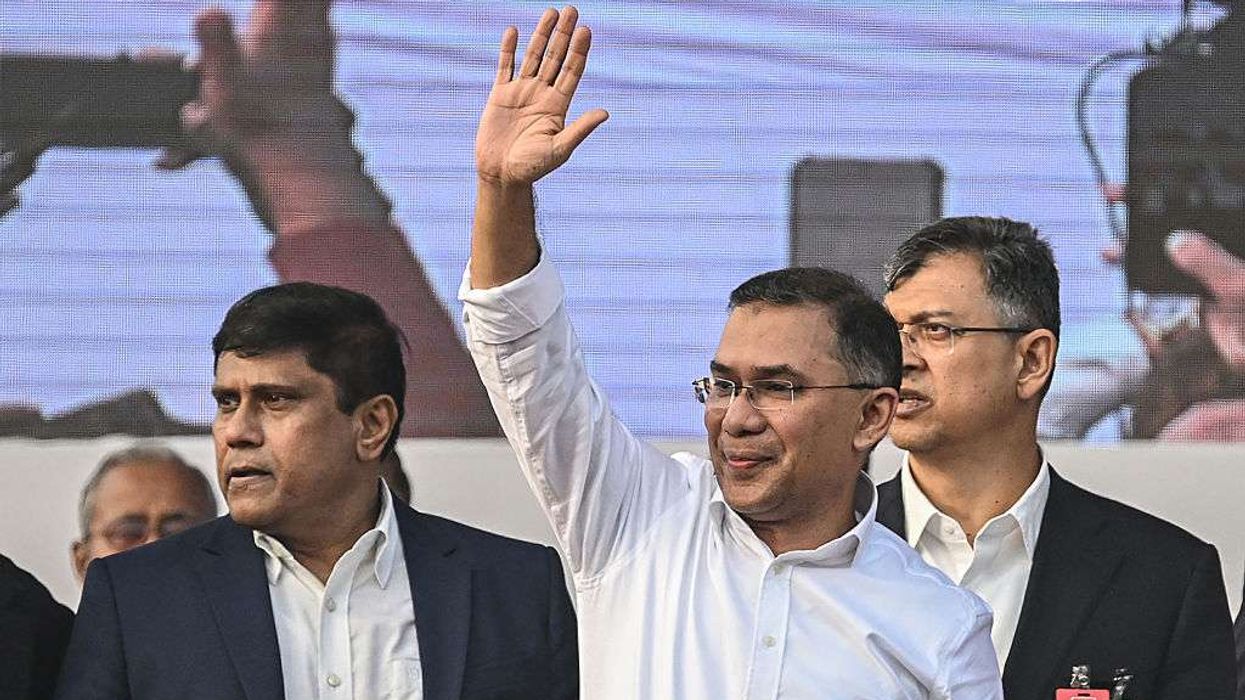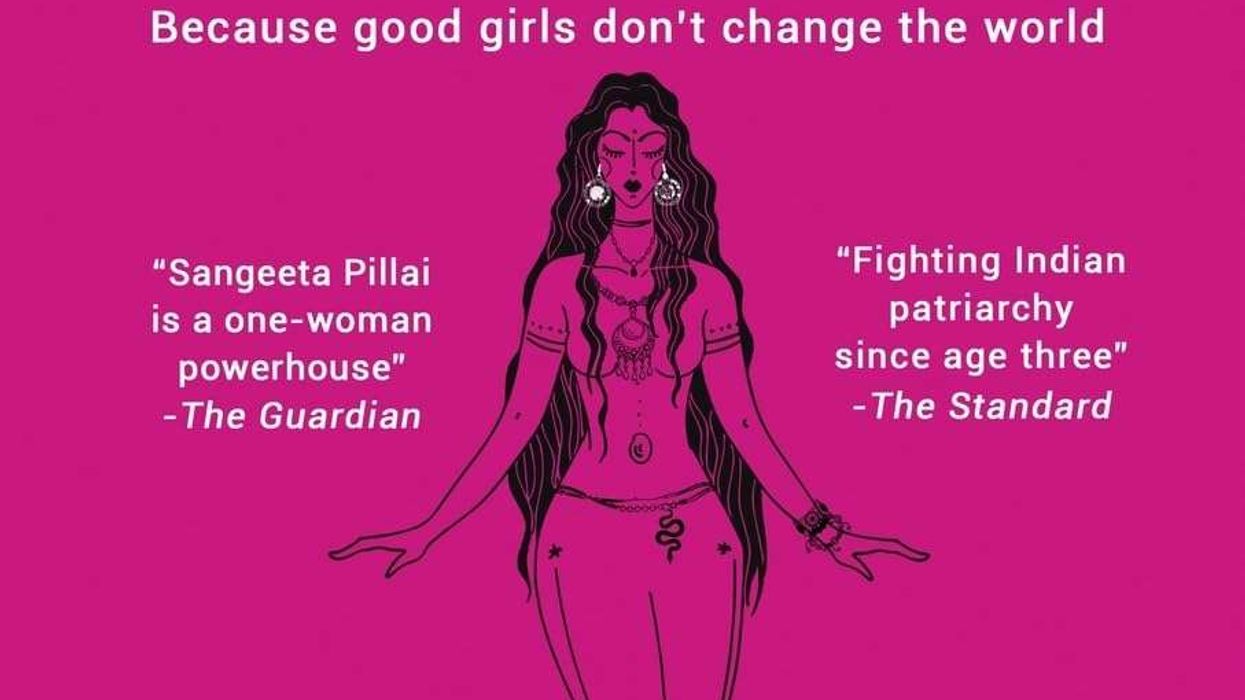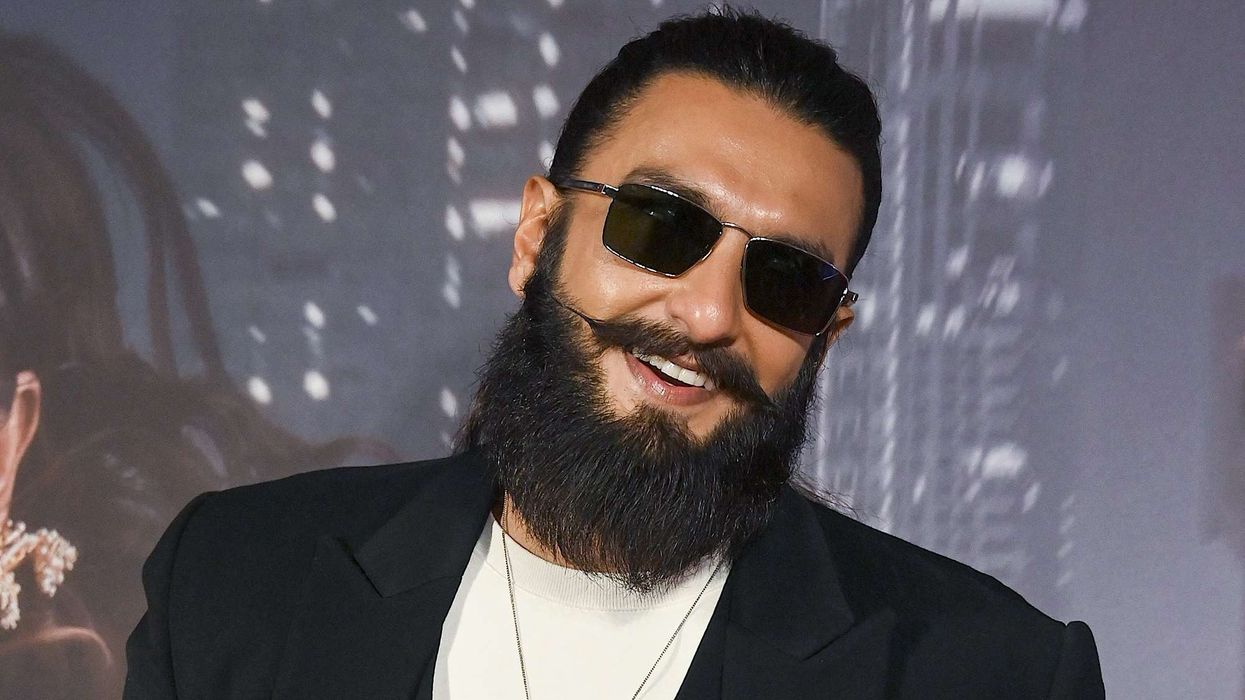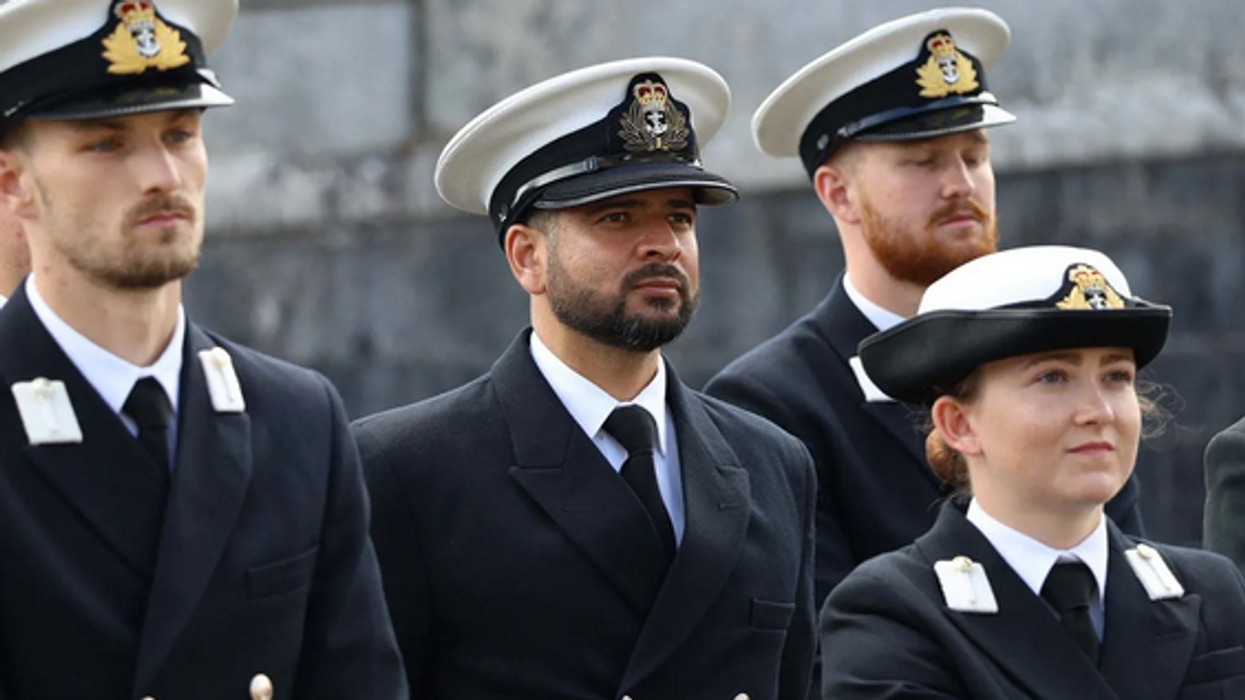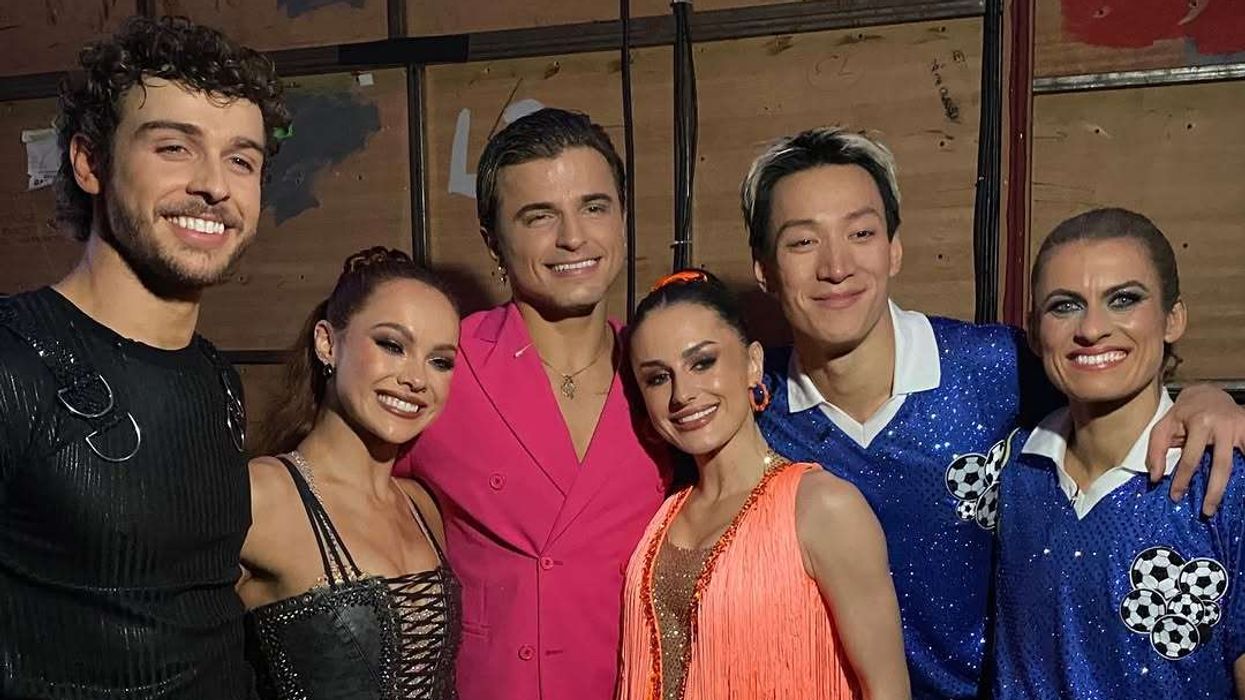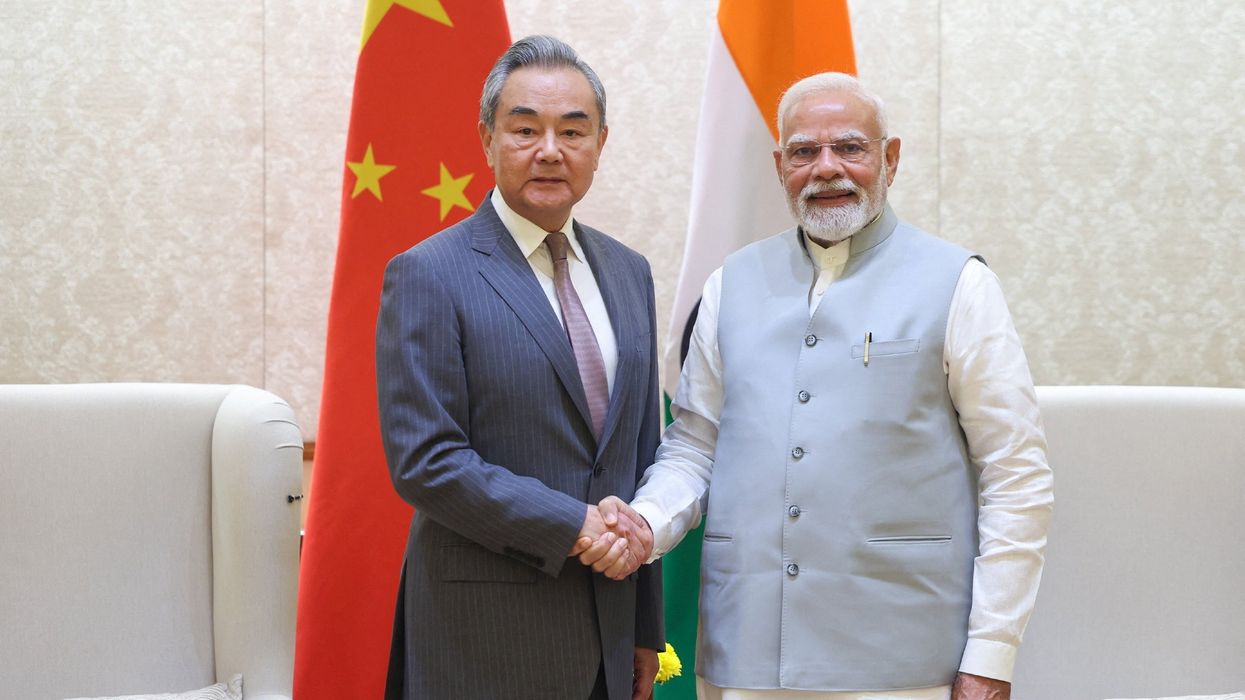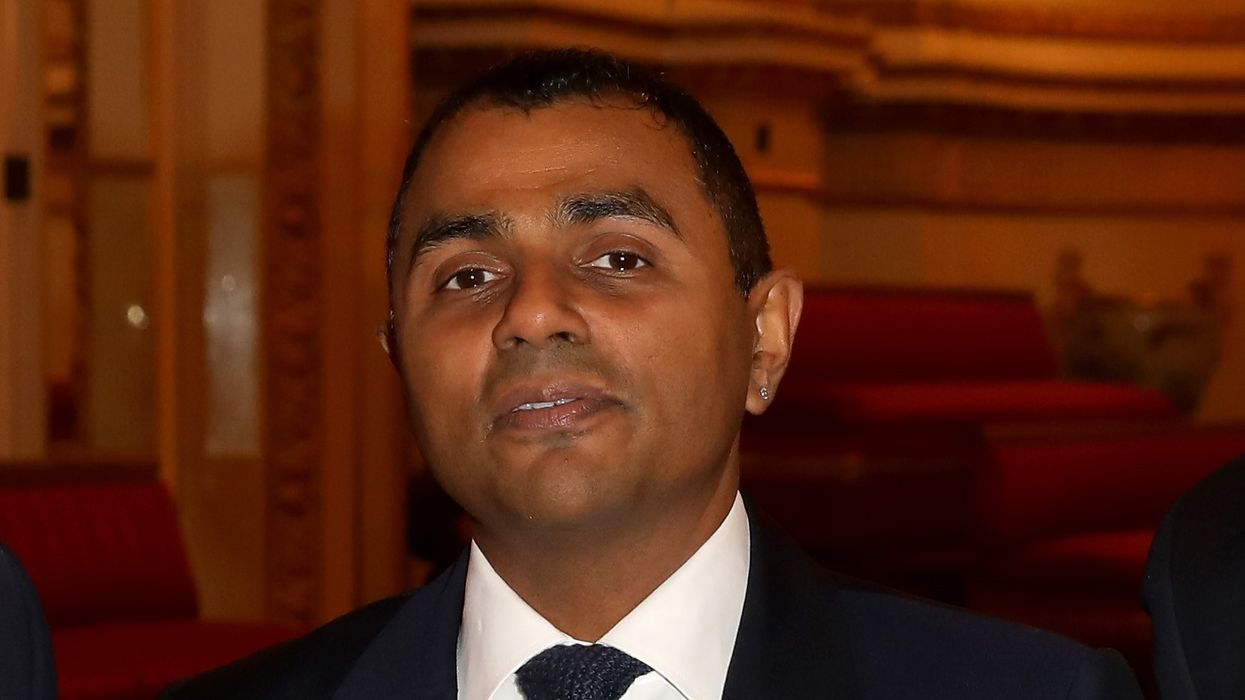THE National Trust is encouraging British Asian visitors – especially Eastern Eye readers – to engage with their own history at Kedleston Hall, a magnificent estate in Derbyshire.
This was once the home of the imperial ruler whose influence on India, Pakistan and Bangladesh lives on to this day.
George Nathaniel Curzon, 1st Marquess Curzon of Kedleston, KG, GCSI, GCIE, PC, FRS, FRGS, FBA (January 11, 1859-March 20, 1925), styled Lord Curzon of Kedleston between 1898 and 1911 and then Earl Curzon of Kedleston between 1911 and 1921, was a prominent British statesman, Conservative politician and writer.
Most importantly, he served as viceroy of India from 1899 to 1905.
Preparations are under way to mark the centenary of Curzon’s death next year. He died at his London townhouse but his body was brought back for burial in the crypt of the 12th century church behind the estate.
Diwali celebrations, deemed a great success at Kedleston last year, are due to be repeated in 2024. There will also be a “South Asian heritage” month from July 18 to August 18 this summer. The café will serve chickpea curry branded as “Kedleston curry”. There has already been chicken curry on the menu.
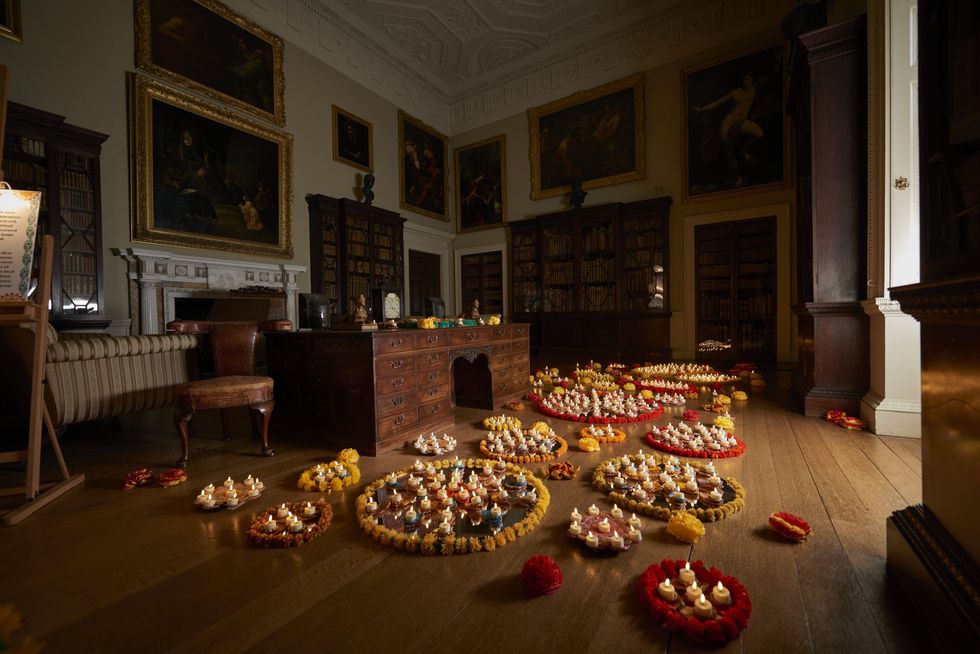
On balance, Curzon would probably have approved of these innovations, given his cultural inclinations.
He is generally reckoned to have been the most influential of the viceroys who governed India.
Curzon, who was educated at Eton and Oxford, was resentful of the doggerel that followed him all his life: “My name is George Nathaniel Curzon,/ I am a most superior person./ My cheek is pink, my hair is sleek,/ I dine at Blenheim once a week.”
As a senior member of the Tory party, he rose to become foreign secretary, but was bitterly disappointed he never made it as prime minister. But his lasting legacy was from his time in India.
If British Asians want to understand something about their own history and why they are in this country at all, then Kedleston Hall is worth a visit.
There is a large Asian population with easy reach of Kedleston. In Derby, 13 per cent of the population is Asian, with a large proportion being of Pakistani and Bangladeshi origin.
There certainly was a very bad side to Curzon. In fact, the Trust once upset the Daily Mail by stating that he was motivated by “racist ideology”.
He adopted the divide-and-rule policy of partitioning Bengal along Hindu-Muslim lines in 1905, thereby creating communal disharmony where previously there had been very little. He also took the decision to move the capital of British India from Calcutta [now Kolkata] to New Delhi.
On the other hand, he appreciated the culture and art of India. He rescued the Taj Mahal, which was in danger of becoming a ruin. On the advice of his wife, Mary, he also established the Kaziranga National Park in Assam, now home to the onehorned rhinoceros – which was being hunted to extinction – as well as the Indian bison, tiger, leopard, python, buffalo and other wildlife.
Following the death of Queen Victoria in January 1901, Curzon suggested the building of what became the Victoria Memorial Hall in the city: “Let us, therefore, have a building, stately, spacious, monumental and grand, to which every newcomer in Calcutta will turn, to which all the resident population, European and Native, will flock, where all classes will learn the lessons of history and see revived before their eyes the marvels of the past.”
Read Also: Archana Kumar: Married to a hit theatre comedy
Today, the Victoria Memorial is a muchloved landmark in the “city of joy”. And 77 years after Indian independence, his statue still remains in front of the building.
The Indian ambivalence towards him was expressed by the author, Krishna Dutta, who said that in her book, Calcutta, she had described Curzon as “the most articulate, passionate, arrogant, effective, and most important of all the viceroys”.
She added that “Jawaharlal Nehru (independent India’s first prime minister) was probably right when he remarked, ‘After every other viceroy has been forgotten, Curzon will be remembered because he restored all that is beautiful in India’.”
As in the ITV drama, Downton Abbey, Curzon married an American – his first wife, Mary Leiter, was the daughter of a department store owner in Chicago. The couple had three daughters. Mary died in 1906, shortly after returning from India.She is remembered for wearing an elaborate “peacock dress” during the Delhi Durbar of 1903 which her husband had organised to celebrate the succession of King Edward VII and Queen Alexandra as Emperor and Empress of India.
Curzon, who was of the view the British empire in India should last for ever, said: “As long as we rule India, we are the greatest power in the world. If we lose it, we shall drop straightaway to a third-rate power.”
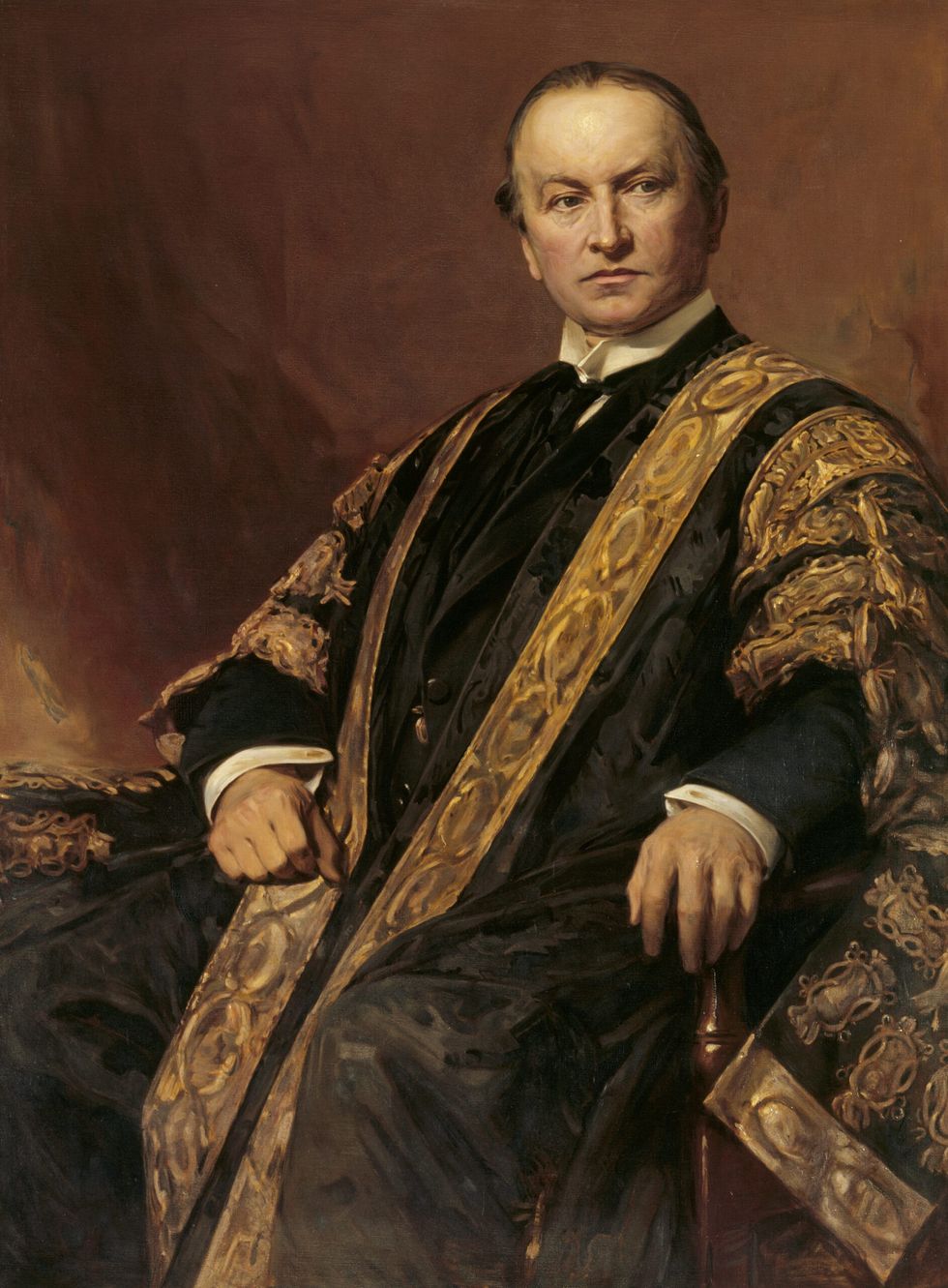
He had no children with his second wife, Grace Elvina Hinds, a wealthy American widow. Curzon depended on US wealth to maintain his position as one of the leading politicians in the country.
Kedleston Hall was handed over to the National Trust in 1987. But descendants of the Curzon family, who have lived on the estate since the 12th century, still occupy a wing in the property.
On a recent tour of the Kedleston, Eastern Eye met key figures – Fiona Bridges, its general manger; Morgan Feely, the property curator; Simran Kaur Sandhu, senior programming and partnership officer; and Melangell Penrhys, consultant conservator.
Bridges explained that the Trust was trying to attract many more Asians to Kedleston. It is reaching out to Asian communities not only in Derby but also in Leicester and Birmingham.
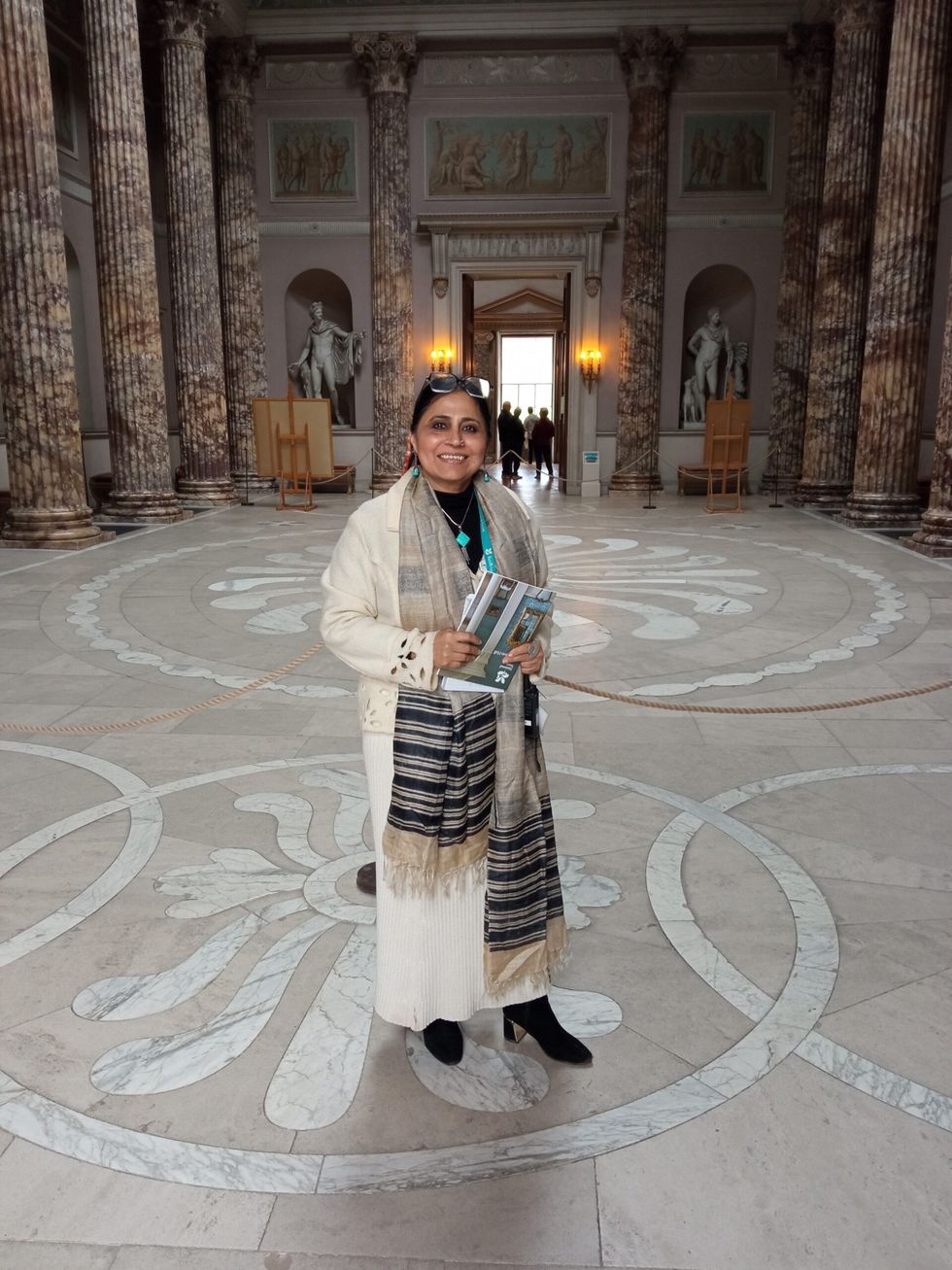
She said: “When I joined six years ago, there were few visitors coming from that population. Apart from the pandemic when we were closed, we have looked at ways of understanding how Kedleston can be made more relevant. We are working with local communities.”
The Trust, she said, wanted to change some of the old marketing techniques, so that “our visitors are a reflection of what the communities in our society look like.”
Last year, the Trust won the Eastern Eye ACTA (Arts, Culture & Theatre Award) for community engagement for its efforts to improve diversity.
It has persisted in doing so, despite attacks from right-wing politicians and commentators, who believe the history of slavery and colonialism and how estate owners became rich should be withheld from visitors. They argue that the Trust should confine itself basically to serving cream teas in beautiful settings – and not upset traditional folk too much with back stories of ill-gotten gains.
Bridges wants to involve Asian communities in deciding “how we curate Kedleston’s connections, how we involve other people in decisions on how exhibits are displayed, and how we bring out the stories.”
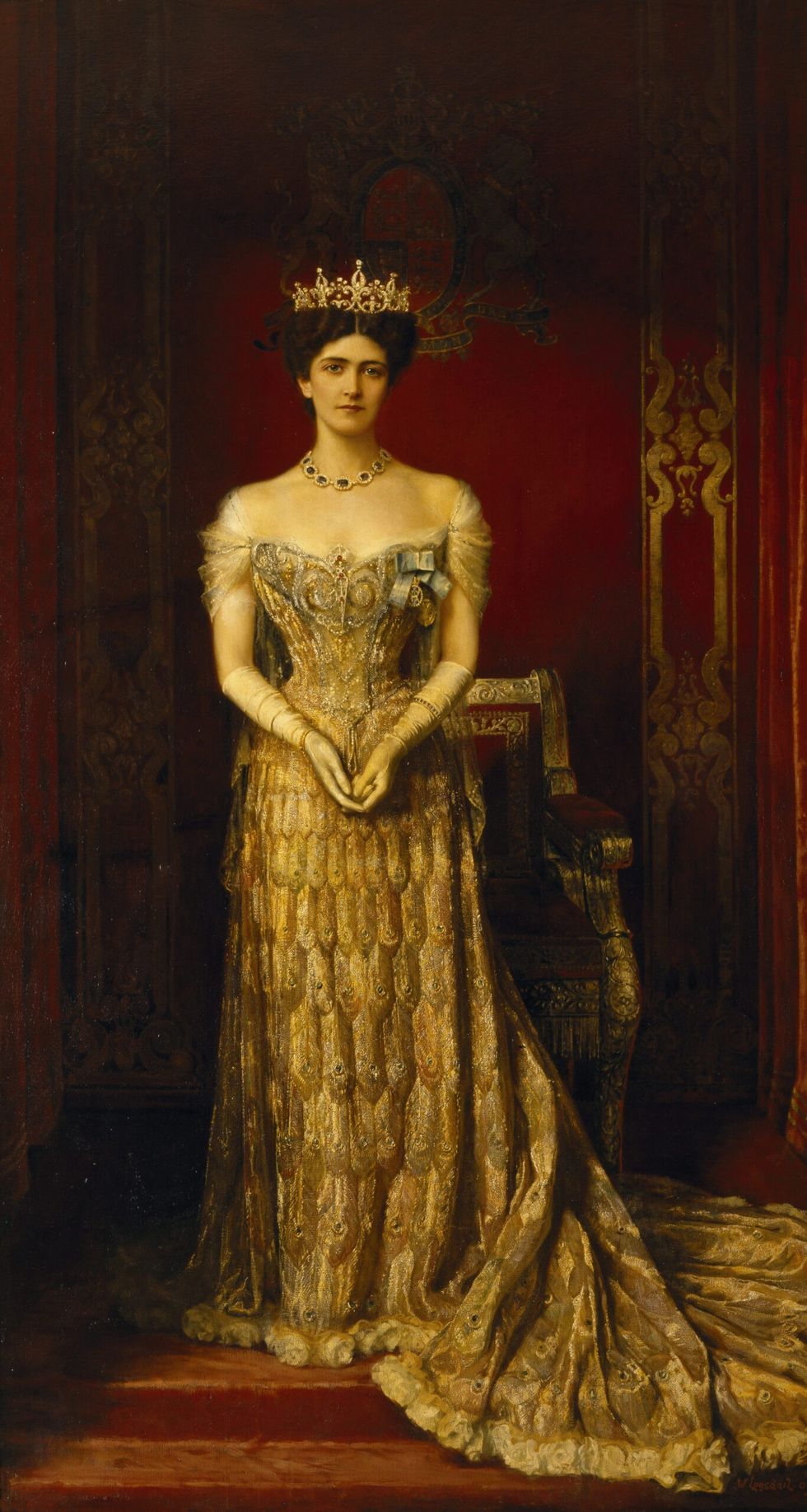
She told Eastern Eye: “I really feel passionately about this. I didn’t join the National Trust simply because I love historic buildings. I came because I love connecting people with relevance and culture.”
She pointed out that in the shop at Kedleston, “we have been able to engage with young British Asian artists. The connection between Kedleston and the south Asian community in Derby is really strong. We have changed the menu in our restaurant to bring in (Asian) dishes.”
Meanwhile, Sandhu hopes – “providing there are sufficient funds” – to light up a bigger part of Kedleston for Diwali this year. Last year, thanks to the celebrations, “the percentage of people of colour visiting Kedleston went up to 5.6 per cent over a three-week period, as opposed to 1.6 per cent to 2.2 per cent in other months”.
She spoke of changing attitudes among British Asians. “One of the things I realised is when the first generation of immigrants began arriving in the 1950s, they were just surviving, having thought the streets of Britain were paved with gold. They had little time for arts and culture.
“But the second and third generation, who are professional – doctors, accountants and engineers – want to understand their roots and their culture. The younger cohort of British Asians are probably the audience we are looking to. There will be some performances and immigration stories told as part of the South Asian heritage month.”
She has also established a link with Oliver Godsmark, senior lecturer in global and South Asian history at the University of Derby, with particular expertise in late colonial and early postcolonial India. “It’s fantastic that you would like to feature something on Kedleston in Eastern Eye,” the historian commented.
Feely is a recent arrival who took up his post as property curator seven months ago.
He said: “I’m very excited about the wonderful opportunities that we have. I’m responsible for the presentation, preservation, and interpretation of the house and collections here at Kedleston.”
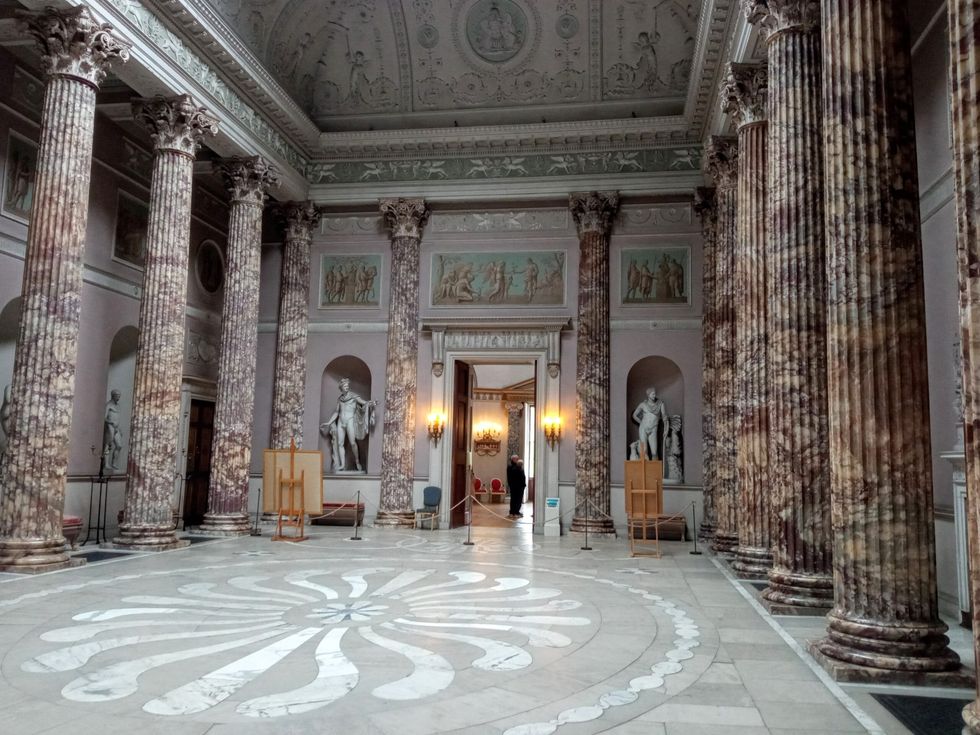
Government House in Kolkata, modelled on Kedleston, was where Curzon lived when he was viceroy of India. Today, as the residence of the governor of West Bengal, it is known as “Raj Bhavan”.
Tracing the history of Kedleston, Feely said that Kedleston was “built in the middle of the 18 century and replaced earlier houses which had been on the site. They literally moved the village to make way for the park in the late 18th century.”
He went on: “In the 18th century, politics was divided between the Tories and the Whigs. The Curzons were a leading Tory family in Derbyshire. The Devonshires, who owned Chatsworth House, were Whigs. The Curzons wanted to build something that would be equivalent to Chatsworth House (owned by the Duke of Devonshire). Horace Walpole (man of letters and Whig politician) said the Curzons didn’t have the fortune to achieve their ambition.
“Originally, the plan was to build two more wings at Kedleston and a new church. But they were never built because the Curzons ran out of money. This means the 12th century church still exists.”
Above the crypt, Curzon built a memorial showing himself lying next to his first wife, Mary, while he was still alive. This was something his second wife, Grace, had to tolerate when she came into church.
Much of Kedleston was designed by the architect Robert Adam. He had “returned from a grand tour of Italy and had spent a lot of time in Rome,” Feely continued. “He had surveyed the ruins of the palace of the emperor Diocletian at Spalatro in Dalmatia.
“In the Curzons, he had a client who was really interested in classical culture. The architect was all fired up with what he had learned in Rome, and came back full of ideas of how to recreate the incredible things he had seen. So we have a temple front at Kedleston that is meant to transport you back to the ancient days of Rome. We have the atrium of a villa that would been open to the sky but obviously that does not work in Derbyshire.”
What is spectacular is the hall with 20 fluted columns and a marble floor. Bridges said: “I’ve been told this is the most important floor in the whole of the National Trust. The marble hall and state floor were used for very grand occasions.
“George Nathaniel Curzon was inviting people in to look at the floor which was having some issues of movement which we still have today.”
Sandhu, who had placed Diwali diyas on the floor and hopes to do so again, described it as “our pièce de resistance”.
Curzon brought back crateloads of artefacts, which are displayed in the museum at Kedleston. “We have less than half of his collection because the greater part went to the V&A,” said Bridges. “He wanted the finer pieces to go to the V&A but we have some fine pieces as well.”
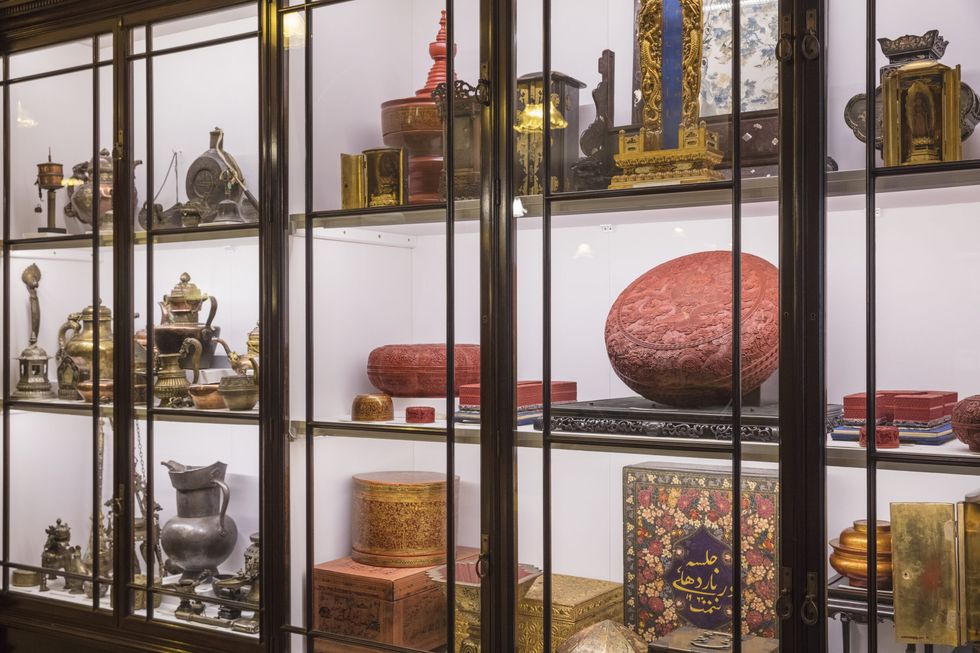
There is jewellery on display, along with photographs of Maharajahs, furniture, carpets – one was used in the Delhi Durbar of 1903 – and armaments, including swords and shields. The corridors have evocative photographs, including one of Lord and Lady Curzon standing by tigers he had shot, and images of caparisoned elephants from the Delhi Durbar. There are numerous animal trophies, among them a wild bison he had shot in Mysore in 1902.
There is now thought being given about whether the displays should be altered to reflect greater “cultural sensitivity”.
“You wouldn’t go to the National Gallery and see a religious painting displayed alongside a nude, for example. But at Kedleston, objects are arranged without necessarily that cultural awareness,” Feely said.
Penrhys added: “My role is to try to keep the objects from damage.”
One that gets more online searches than almost anything else is the Peacock dress worn by Lady Curzon at the Delhi Durbar which is “now at the conservation textiles conservation studio in Norfolk”, she said. It has iridescent bees’ wings and zardozi woven into the fabric,
In conservation, too, communities are being consulted.
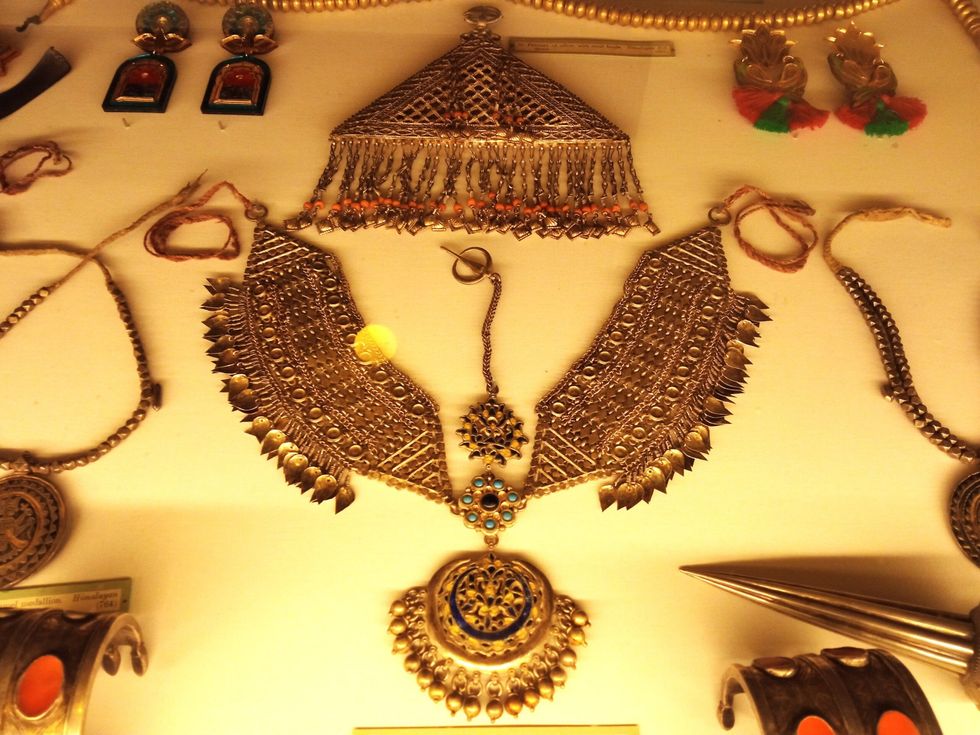
“I suppose our more western way with conservation is to look at the material science, and its condition,” said Penrhys. “We are adding in aspects of care that are a lot more culturally based. For that, we have to speak to the people who connect with the objects. We looked at the way those objects were cared for in the past before they came here to Kedleston. We then give stakeholders a say in what they think should happen to the objects. It is part of the process of democratising the decision-making.”
After visiting Kedleston Hall, British Asians will have a deeper understanding of why Curzon – like Sir Winston Churchill later – did not want to lose India, and how the history of the two countries is inextricably linked.
